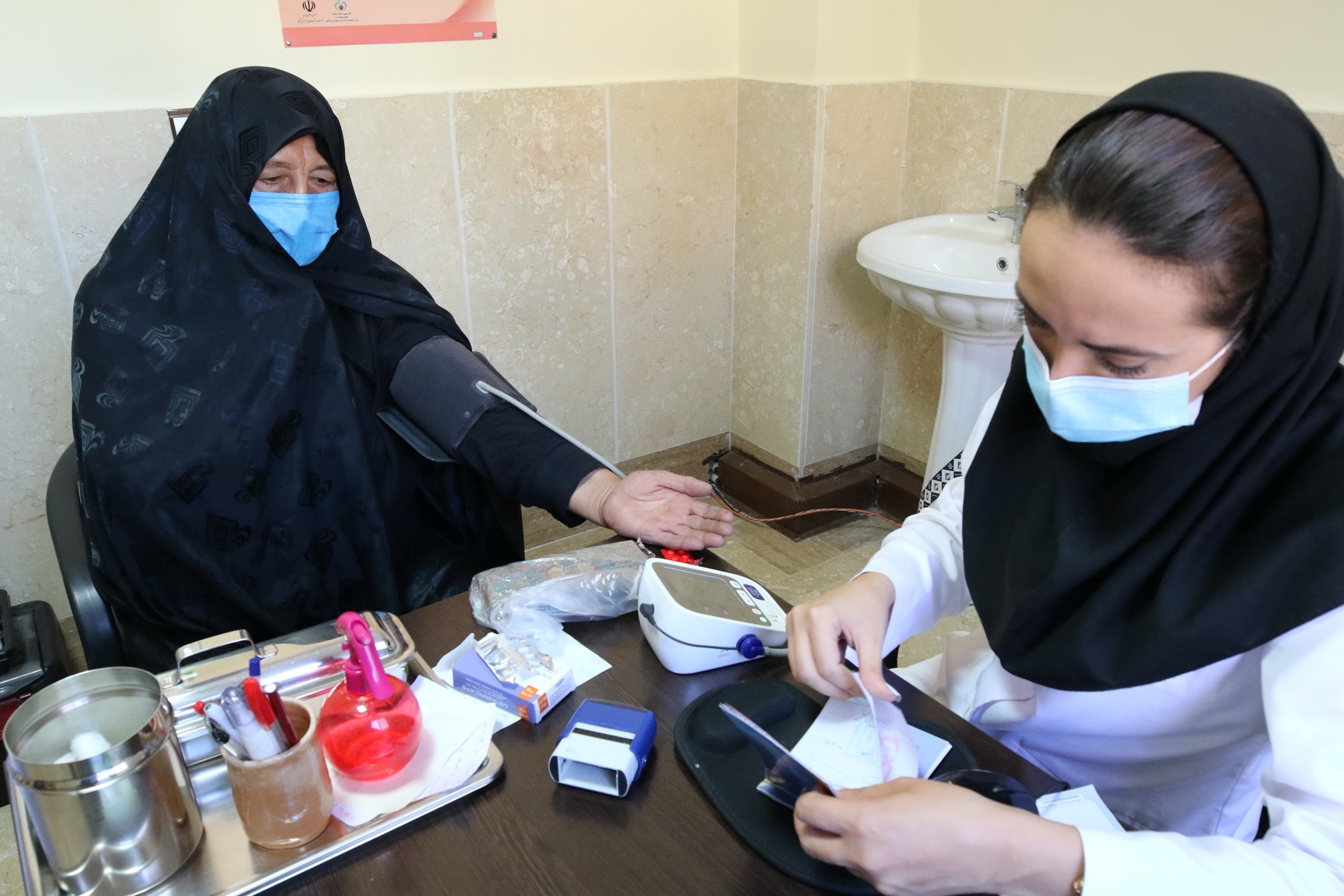
Introduction
The WHO Package of Essential Noncommunicable Disease Interventions (WHO PEN) serves as a comprehensive set of fundamental standards and services designed for addressing noncommunicable diseases (NCD) in low resource settings. Moreover, it acts as a crucial initial step towards integrating NCDs into primary healthcare systems. Recognizing the significant impact of NCDs on disability and death rates within the Islamic Republic of Iran, the country has taken the proactive approach of adapting and implementing their own iteration of the WHO PEN, known as IraPEN.
Context
The WHOO PEN includes a collection of cost-effective, individual-centered interventions that target the four major NCDs (cardiovascular diseases, cancer, diabetes and chronic respiratory diseases) through a primary healthcare approach. Its primary objective is to enhance national capacity for integrating and expanding NCD prevention and control within the primary healthcare framework.
WHO PEN represents the baseline standard for NCDs, aiming to strengthen national capabilities for integrating and expanding care for heart disease, stroke, cardiovascular risk, diabetes, cancer, asthma and chronic obstructive pulmonary disease in primary healthcare settings in low resource settings.
Iran has a robust primary healthcare system with competent community health workers and general physicians. In 2014, the Ministry of Health and Medical Education introduced the Health Transformation Plan, an initiative focused on reforming the healthcare sector. This comprehensive plan places a strong emphasis on primary healthcare reforms, including the integration of IraPEN, a novel service package designed for NCD prevention and control.
Initiative
In line with the National NCD Plan, the Ministry of Health and Medical Education launched IraPEN in 2014 to integrate NCDs into the primary healthcare system. The initial pilot phase of IraPEN began in March 2016 across four cities, including a total population of 600 000 individuals: Shahreza (Isfahan Province), Maragheh (East-Azerbaijan Province), Naghadeh (West-Azerbaijan Province) and Baft (Kerman Province). Multiple sectors within the Ministry of Health and Medical Education, both at the national and peripheral levels, actively participated in formulating and implementing IraPEN.
IraPEN comprises three key components:
Cardiovascular risk assessment. Rural health houses and urban health posts conduct blood glucose and total cholesterol measurements for individuals aged ≥30 years, enabling the evaluation of their 10-year risk for major cardiovascular outcomes. Follow-up interventions are administered as needed.
Early detection of three preventable cancers (cervical, breast and colorectal cancers). Targeted populations undergo screening involving history taking, combined cytology and Human Papilloma Virus testing, clinical breast examination and fecal immunochemical test, with subsequent follow-up procedures.
Early detection of asthma and chronic obstructive pulmonary disease. Since 2019, community health workers have been tasked with identifying patients presenting symptoms of asthma and chronic obstructive pulmonary disease, referring them to a family physician for diagnosis and treatment, if necessary.
Impact
Further data collection is necessary to determine the costs of the initiative and assess the impact of IraPEN on health outcomes before proceeding with scaling up. However, the pilot stage of IraPEN has demonstrated success, particularly in improving the quality of care for diabetes and hypertension. These preliminary results highlight the potential positive impact of IraPEN on the management of these conditions.
Lessons learnt
Adapting to local context and priorities. IraPEN serves as a prime example of how a country can effectively utilize an existing WHO package to meet its specific national requirements by tailoring it to suit the local context and priorities. The intervention's notable strength was the prioritization of a service package that addressed all four major NCDs.
Strengthening referral systems. When implementing a primary healthcare initiative, it is crucial to reinforce referral and back-referral systems to mitigate potential bottlenecks. The pilot phase offers an opportunity to identify and address any gaps identified before scaling up the programme nationwide.
Engaging stakeholders and ensuring commitment. IraPEN's success was attributed to various factors, including strong political commitment at the highest level, local ownership, widespread stakeholder involvement, and a proficient healthcare workforce at the primary healthcare level. In-service training, supported by medical universities providing primary healthcare services to their designated populations, played a significant role in enhancing the programme's effectiveness.
Opportunities
The strong commitment and recognition of IraPEN at the highest level, evident in its inclusion in the country’s Health Transformation Plan and National NCD Plan, along with the active involvement of various entities within the Ministry of Health and Medical Education, both nationally and peripherally, have created a favourable environment for scaling up the initiative.
Conducting a cost-effectiveness analysis of the proposed services is an opportunity to evaluate the economic efficiency of the initiative. Additionally, during the design phase of the programme's expansion, factors such as quality of care, cost containment, advocacy, referral system design, surveillance, monitoring and evaluation systems, and primary healthcare capacity should be taken into consideration.
Leveraging the development of new electronic health records presents an opportunity to enhance monitoring and evaluation mechanisms. Incorporating a set of Key Performance Indicators into the electronic health records can improve the tracking and assessment of programme outcomes.
References
Noncommunicable diseases country profiles 2018
Story originated in 2021.




